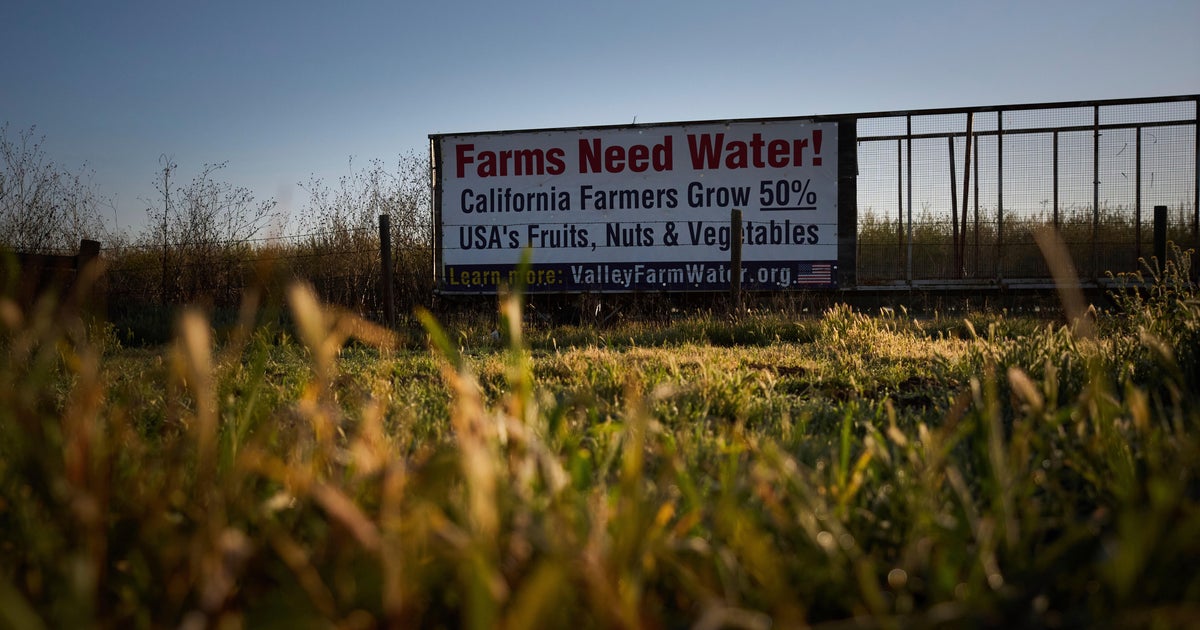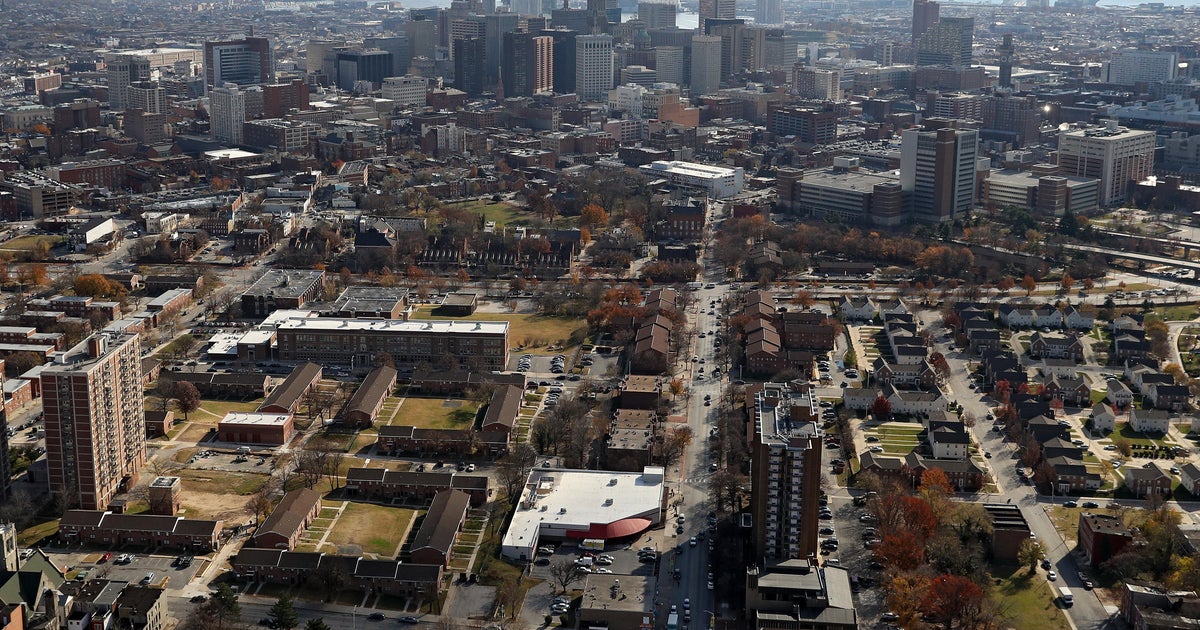"We need to act now": Biden administration unveils plan to address the nation's wildfire crisis
After yet another year of catastrophic wildfires, the Biden administration said it will make an "aggressive effort" to address the blazes in a new multi-billion dollar initiative, the U.S. Department of Agriculture and the U.S. Forest Service announced Tuesday.
The 10-year strategy, called "Confronting the Wildfire Crisis: A Strategy for Protecting Communities and Improving Resilience in America's Forests," proposes treating more than 50 million acres of land, as well as developing a long-term maintenance plan that will be enacted at the end of the decade. Personnel will utilize methods including prescribed, or intentional, fires and mechanical thinning.
"The science tells us that if we take preventative steps, if we do a little treatment, if we thin out, do a little prescribed burning, we can actually significantly reduce the risk of a fire once it starts," Agriculture Secretary Tom Vilsack said.
The plan also sets goals to increase the firefighting workforce, shift the cultural approach toward land management, establish innovative uses of wood and work on any additional needed legislation.
"We need to act now to protect communities and livelihoods from devastating fires," Vilsack tweeted Tuesday.
Areas considered at high risk for wildfires, mostly on the West Coast, will be first in line for the plan's implementation, the Department of Agriculture said. However, the plan will also be implemented throughout the South, Midwest and Northeast.
"Wildfires in the United States have reached a crisis level," Arizona Senator Mark Kelly said Tuesday at a press conference. "The truth is that drought and climate change will only deepen this crisis."
According to data compiled by the National Centers for Environmental Information, 58,733 fires burned more than 7 million acres in 2021 alone, for an average 121.56 acres burned per fire. Last year's rate is the eighth highest on record.
"The mega fires that we've been experiencing aren't like anything we've seen before," Kelly said. "Today's fires — they burn hotter and they burn longer and they can easily reach temperatures in the thousands of degrees. They scar the landscape and that can take years to recover and we know that they're also deadly."
The initiative has a total price tag of $50 billion, according to the Associated Press. The bipartisan infrastructure law has already put nearly $3 billion dollars towards funding it, the Department of Agriculture said.
The Colorado Department of Natural Resources commended the strategy Tuesday. In recent years, the state has seen record-breaking fires, with one of its most recent occurring last month. The Marshall Fire burned more than 1,000 structures.
"In Colorado we know the status quo is no longer sufficient and we appreciate our federal partners at the USDA and the U.S. Forest Service looking at new strategies to improve the health of Colorado's forests and reduce wildfire risk," executive director Dan Gibbs told CBS News in a statement.








